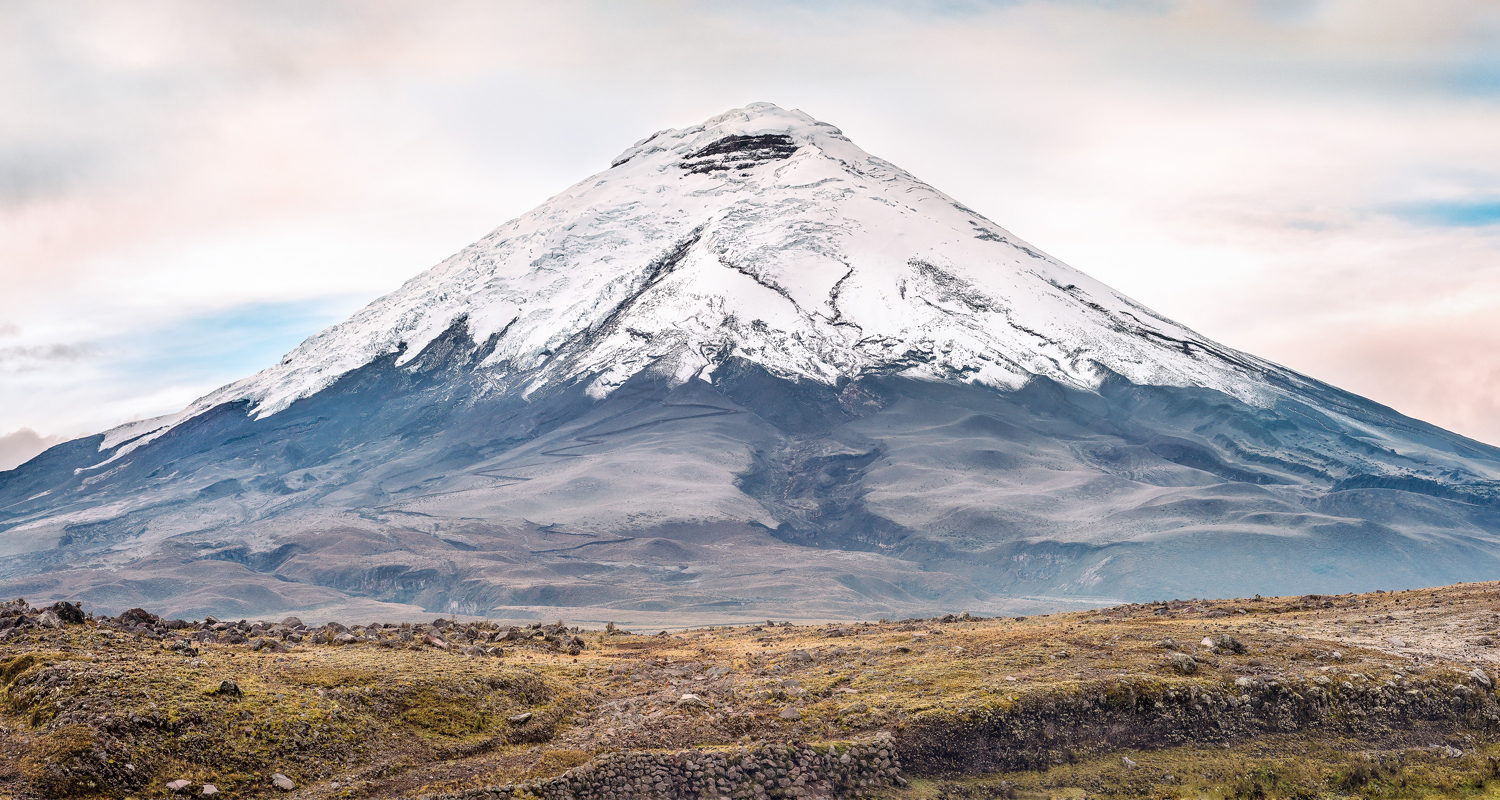
Adventure Ecuador: These are the best tips for a round trip
Countless (active) volcanoes, breathtaking waterfalls and vast jungle landscapes: Ecuador is hard to beat in diversity and therefore always worth a trip.
18 November 2021
Many people travel only because of the famous Galapagos Islands and its lush flora and fauna to Ecuador, although the country has so much more to offer: The South American country is considered one of the most geographically, topographically, climatically and ethnically diverse countries of all! It awaits its visitors with the highest capital in the world, snow-capped volcanoes and crater lakes as well as lush jungle landscapes. Those who want to spend their holidays in Ecuador should definitely plan enough time, because there is a lot to see.
Quito
The starting point for many Ecuador travelers is the capital Quito. This is located at an altitude of about 3,000 meters and welcomes travelers with very thin air and a strong sunshine. From Quito you have excellent access to the jungle or the Galapagos Islands, but the city itself is also surrounded by 14 volcanoes, which conjure up a spectacular panorama around the city. However, before you set off on your journey through Ecuador, you should definitely also take a look at the sights of the city. There are several museums and churches in the old town, and you can walk from one imposing cathedral to the next. The church of St. Francis, the church Compañía de Jesús with its many golden ornaments or the Basílica del Voto Nacional, from whose towers one has a great view to the city, are specially worth seeing. Another good view is from El Panecillo, a hill in the middle of the city, which is adorned by a Madonna.
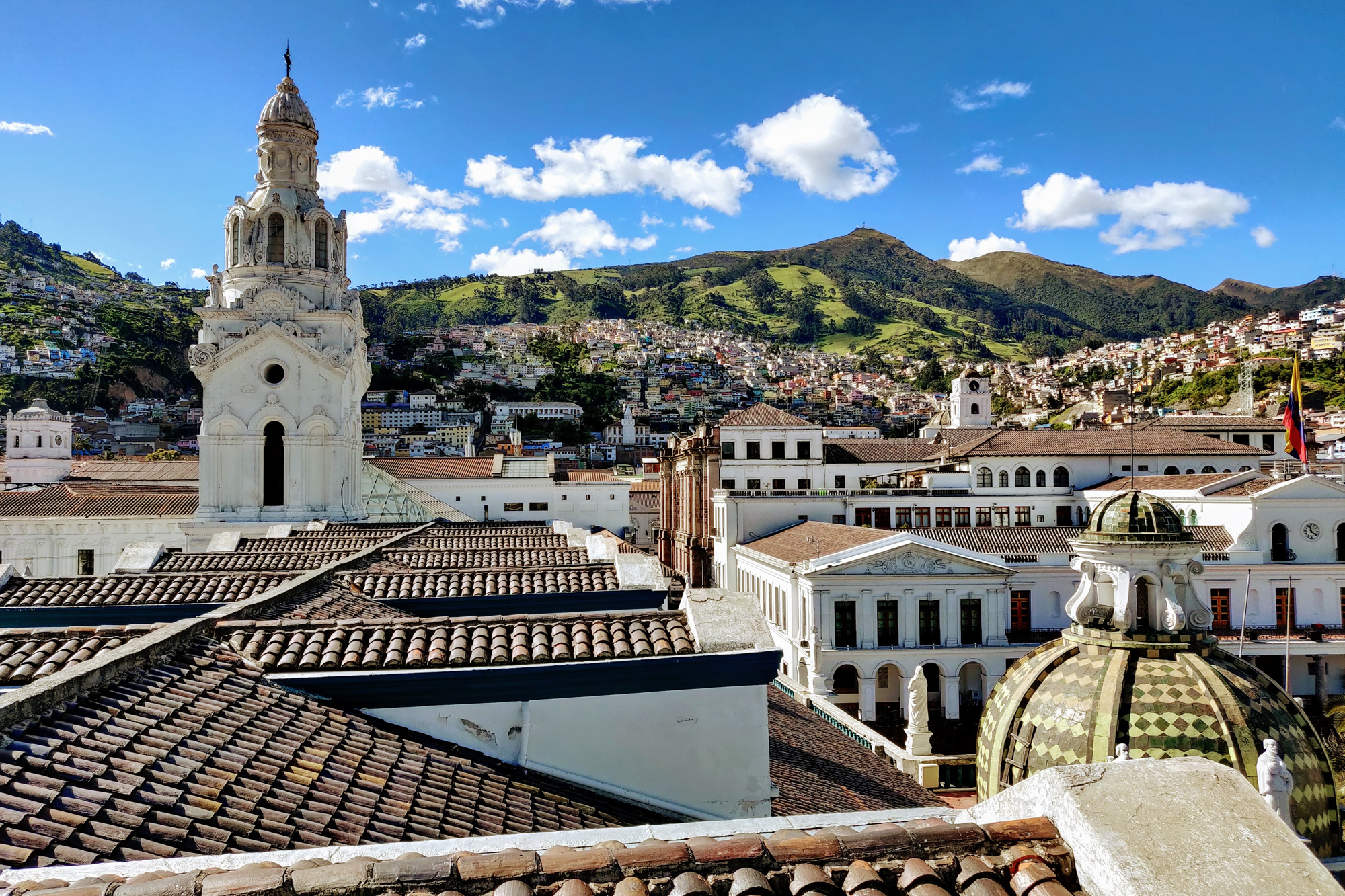
Mitad del Mundo - the center of the world
One of the highlights around Quito is the so-called equator monument "Mitad del Mundo", the equator line. This point was once determined by the Frenchman Charles Marie de La Condamine during an expedition in the 18th century as the exact course of the equator and is now crowned by a large obelisk. Thanks to modern GPS devices, however, it is now known that the correct equator runs some 240 metres further north of the monument.
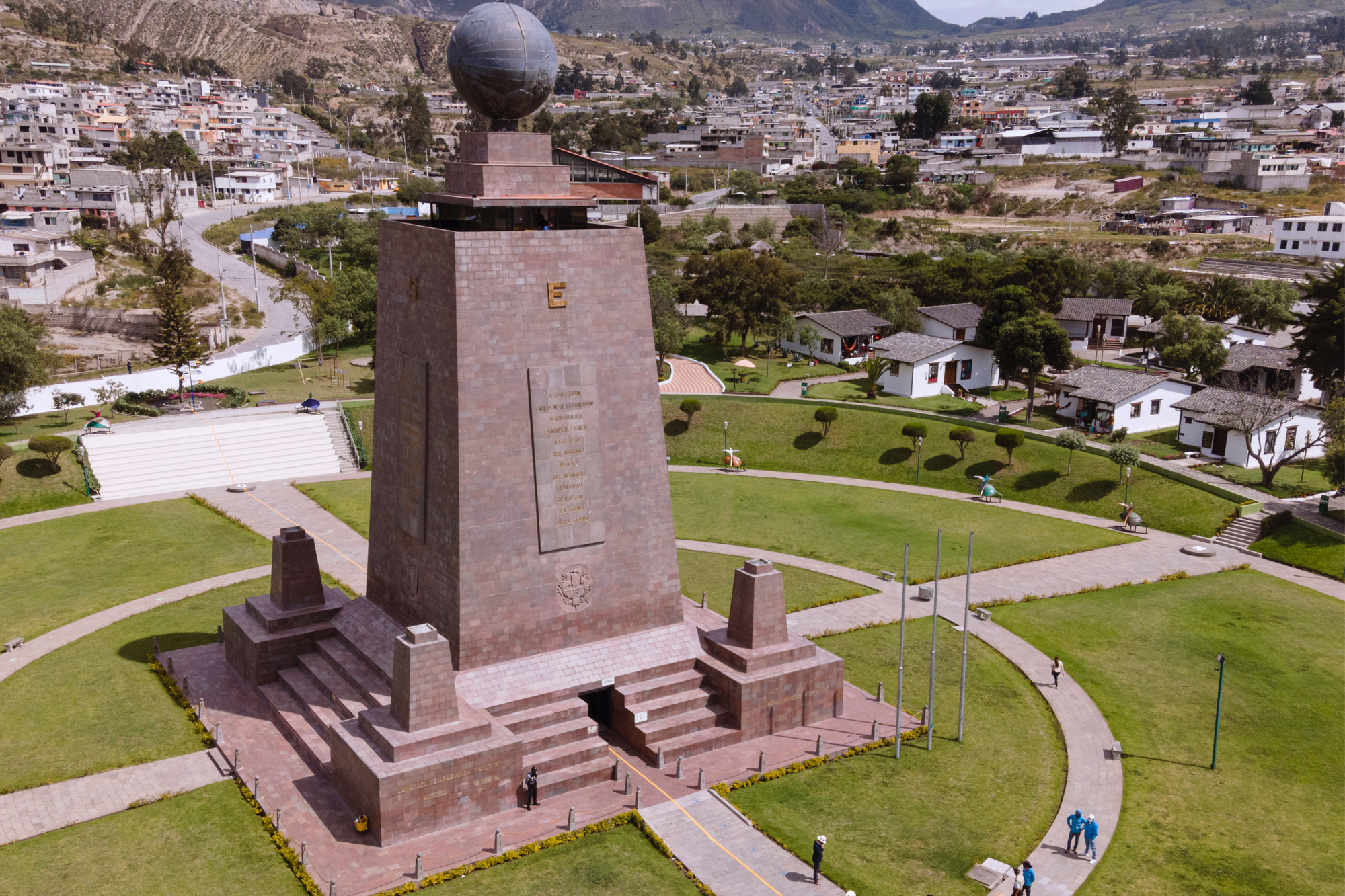
On the second highest active volcano of the earth: The Cotopaxi
Although Cotopaxi is the second highest volcano on earth at 5,897 metres, it is still one of the most climbed. However, hikers who take on this challenge must be well trained, as the air at altitude is relatively thin and the subsoil of volcanic rubble makes the ascent and descent relatively arduous. However, those who take on the demanding hike will be rewarded with a picturesque and lonely landscape, first with endless green meadows and then more and more ice and snow the higher you go. When Cotopaxi is free of clouds in front of you, its snow cover forms a stark contrast to the deep blue sky - and a spectacular photo motif.
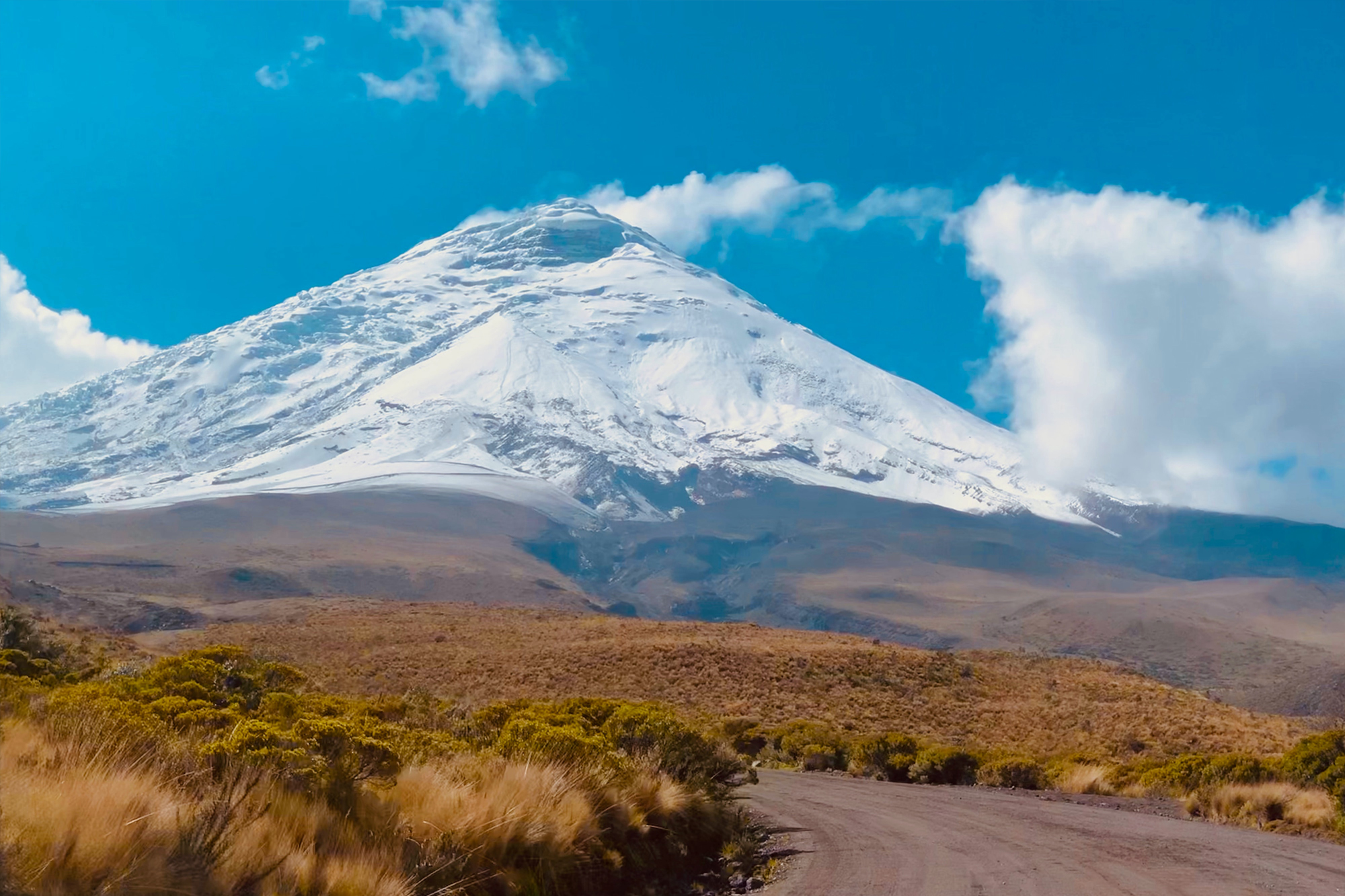
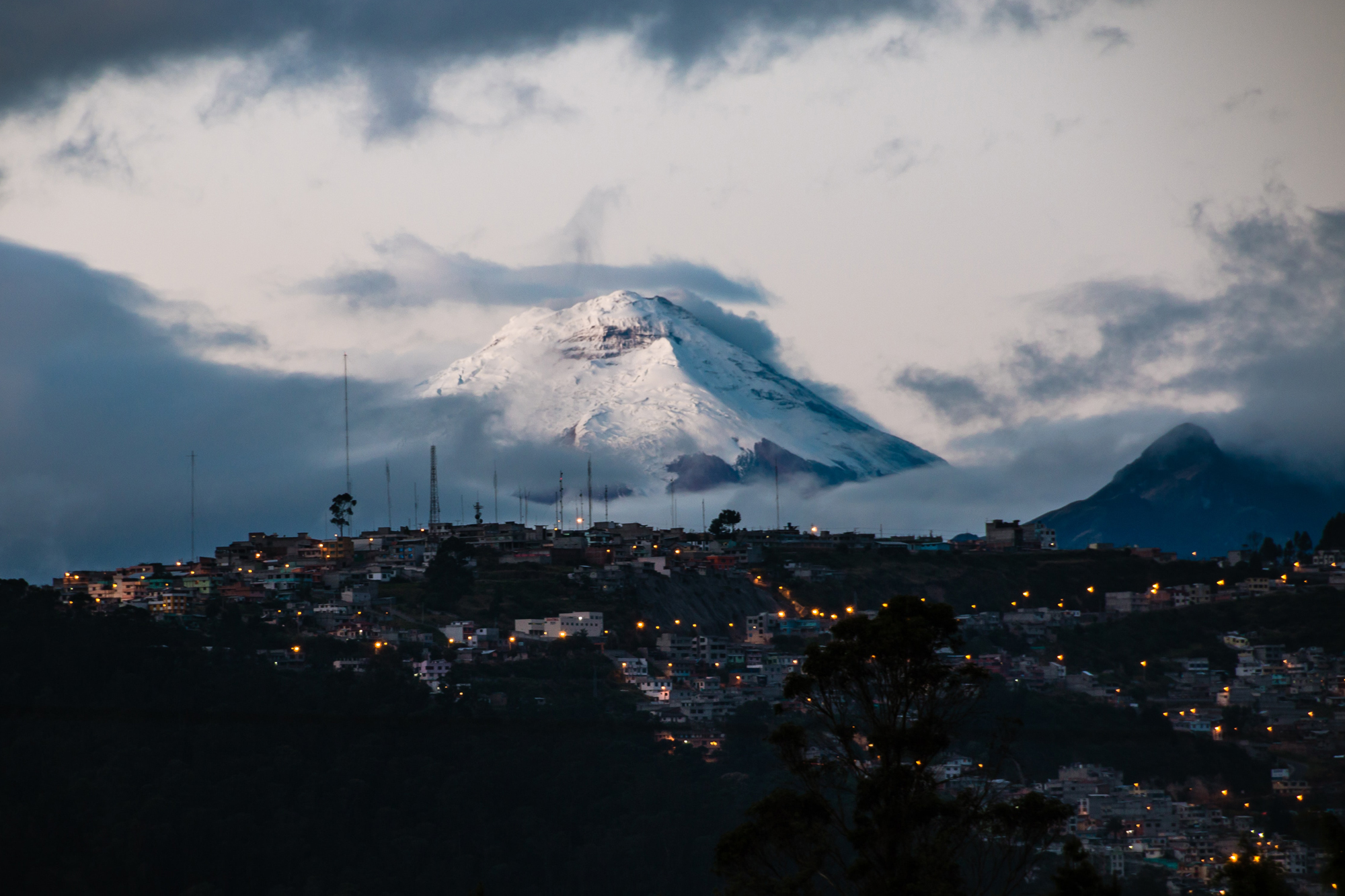
Hikes around the crater lakes Quilotoa and Cuicocha
Those who want to train for the ascent of Cotopaxi can do so wonderfully on a circular hike around the Quilotoa crater lake at an altitude of around 4,000 meters. Quilotoa is the westernmost volcano in the Ecuadorian Andes and is especially known for its emerald green color, which is given to it by the many minerals in the water. Following a narrow ridge here, adventurous tourists can take the Quilotoa Loop circular hike along the cliffs, which takes about four to five hours. Alternatively, there is another crater lake for a hike, but it looks completely different from Lake Quilotoa: Lake Cucocha (Guinea Pig Lake) has dark blue water and in the middle of the lake small volcanic cones protrude from the lake like islands.
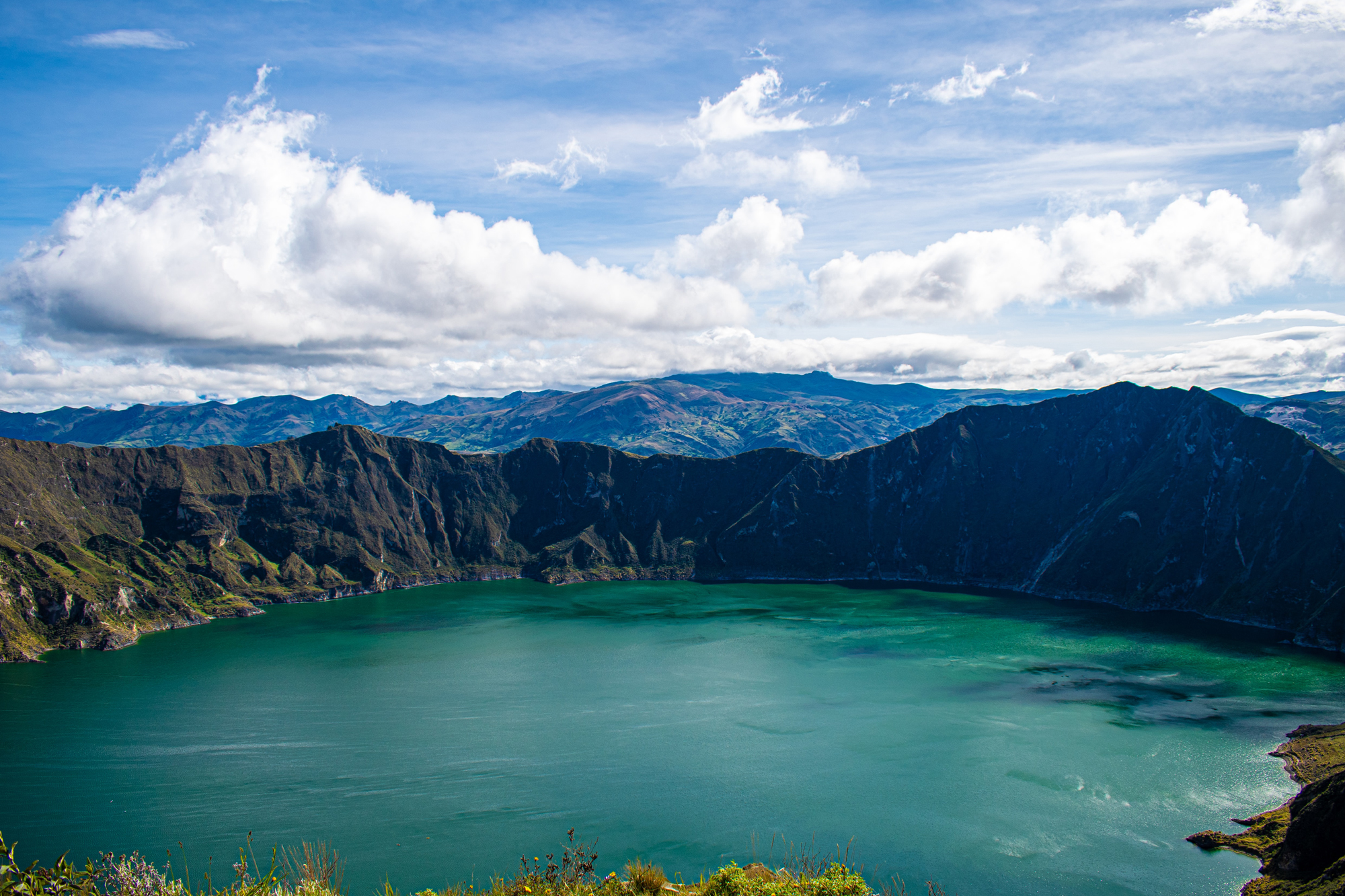
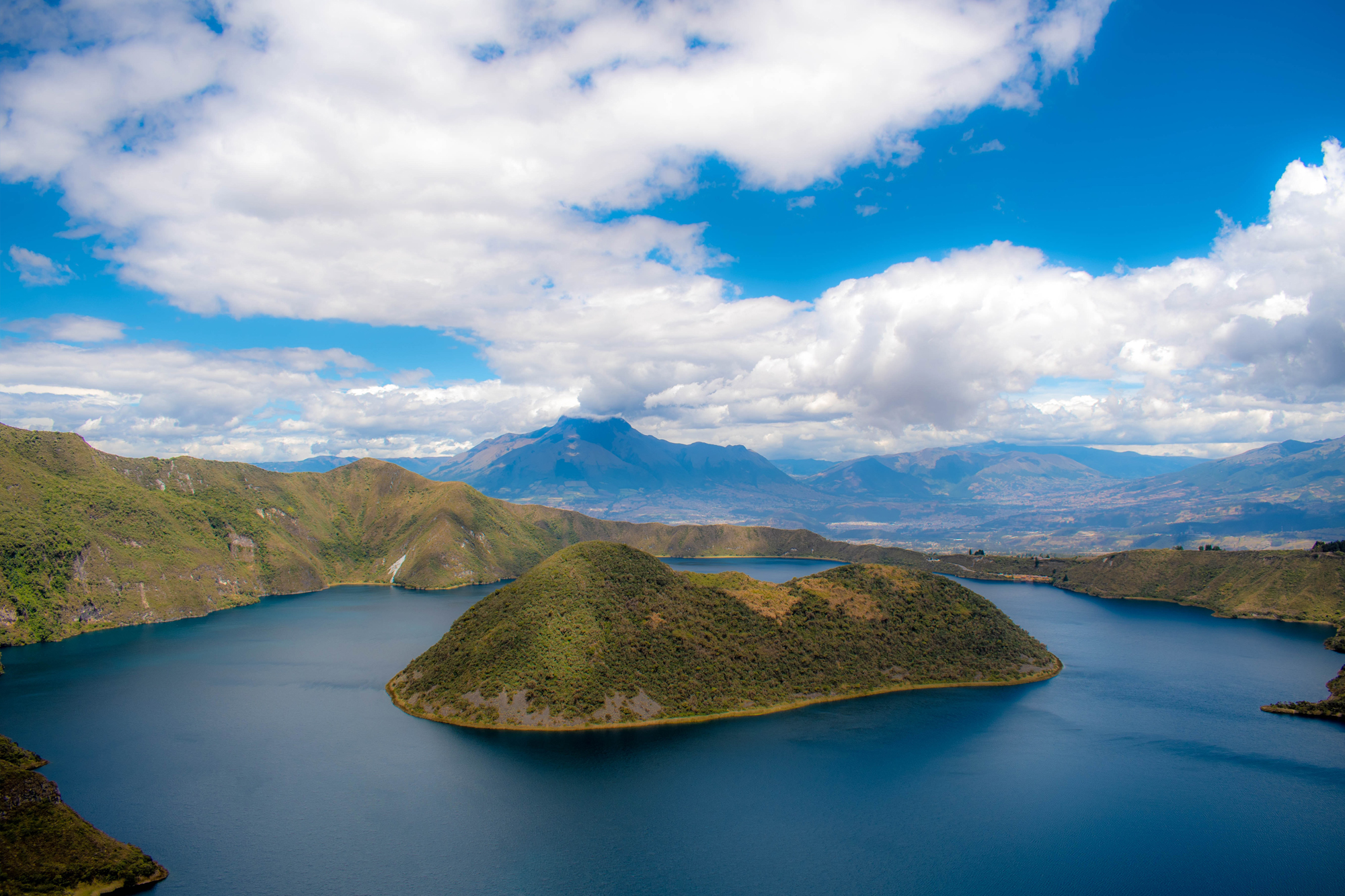
Not for the faint-hearted: Expedition into the Amazon jungle
Green thickets, no cell phone reception, no electricity and no hot water - a trip into the heart of the Ecuadorian jungle is the ultimate adventure. But the expedition should not be made without a tour guide who knows the branching area and is well acquainted with the flora and fauna, because in the jungle there are not only poisonous plants: Mosquitoes, reptiles and the high humidity can also give you a hard time. Those who brave the extreme conditions will be rewarded with an incredible variety of insects, reptiles, amphibians and birds - from butterflies to poison dart frogs, parrots, toucans, hummingbirds, monkeys, turtles, snakes and sloths. Guaranteed to be an unforgettable experience!
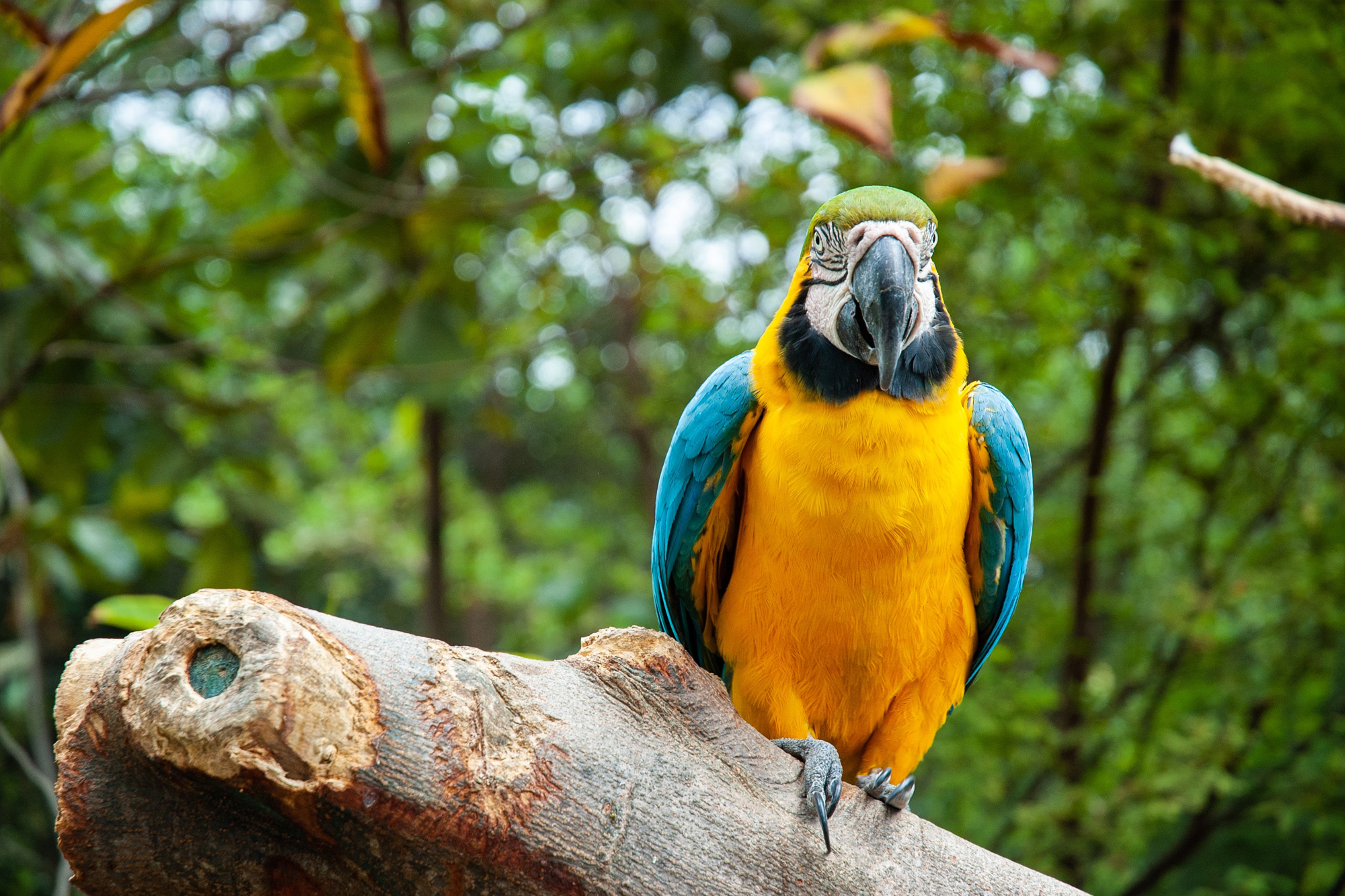

At the foot of the active volcano Tungurahua: Baños
The small town of Baños at the foot of the active volcano Tungurahua is especially famous for its many thermal springs and waterfalls. The most impressive waterfall is the so-called "Pailón del Diablo" (the Devil's Gorge), where the water masses fall into a narrow gorge. Via some stairs, visitors have the possibility to approach the waterfall directly and to look over a suspension bridge onto the waterfall and the surrounding valley. The sanctuary of Baños is also known for its diverse opportunities for rafting, bungee jumping, trekking, paragliding or mountain biking. A special highlight is also the tree house La Casa del Arbol, where you can swing with a swing over the abyss.
Check out this post on Instagram
The ultimate Must-See: The Galapagos Islands
Those who still have enough time and money left after their trip to Ecuador should not miss the Galapagos Islands, because they definitely live up to their reputation. Even for a trip to one of the last true paradises of this world, however, you need a guide, because without one, an entry to protect the region and the biodiversity is not allowed. Fortunately, as the Galapagos Islands are a dream destination for nature lovers. Varied lava deserts alternate with dense rainforests and a unique, fascinating animal world, even with some species that are only native there anymore, make a visit a unique experience.
Check out this post on Instagram

